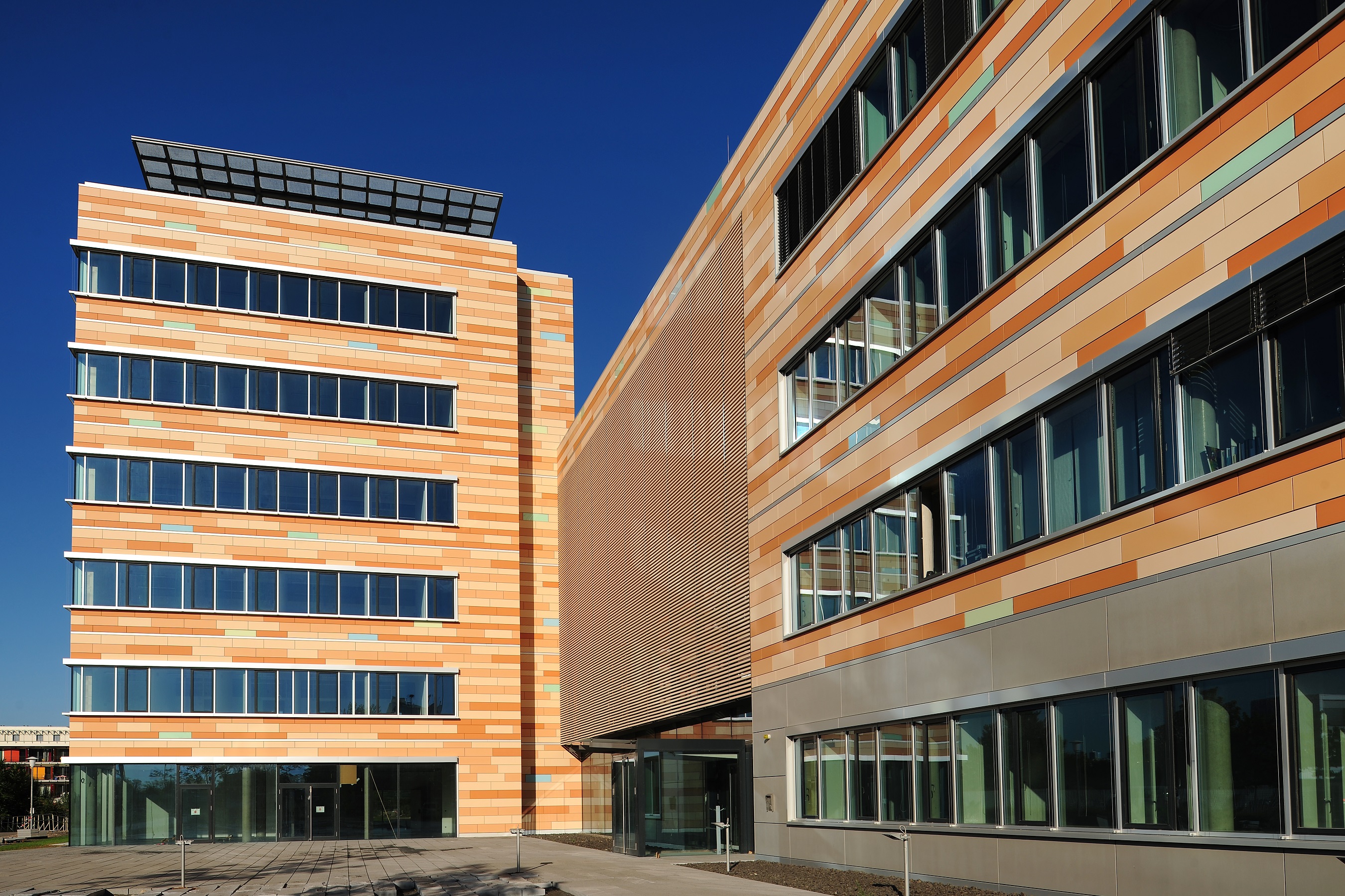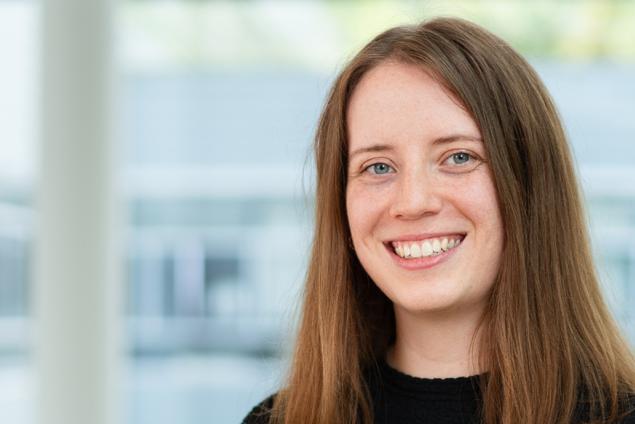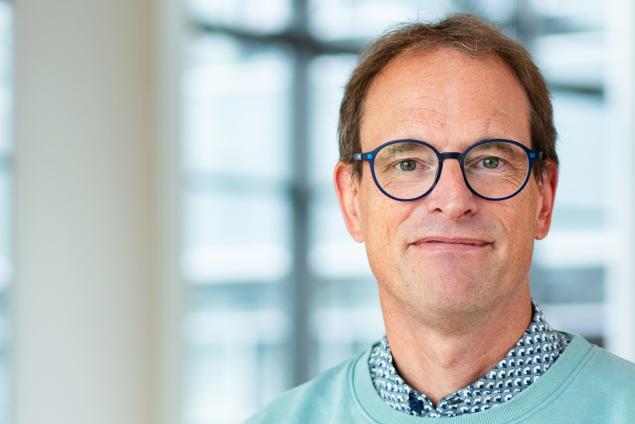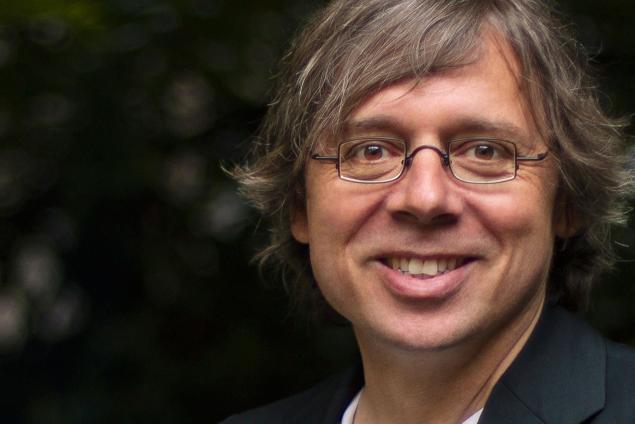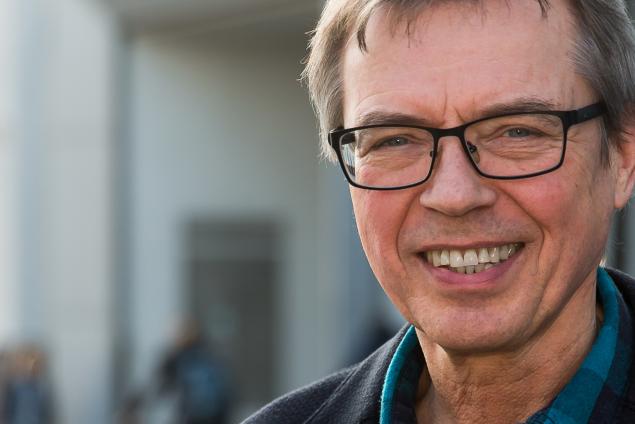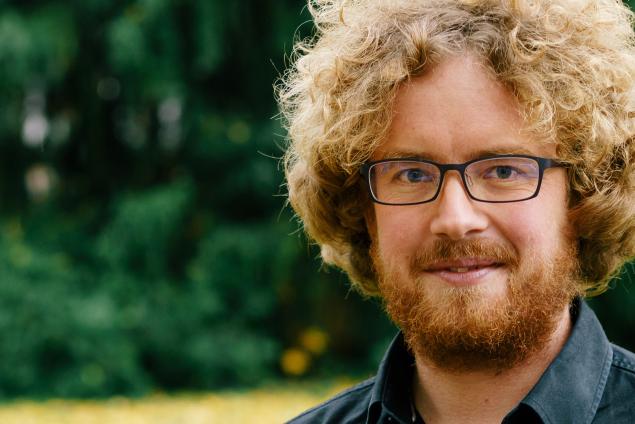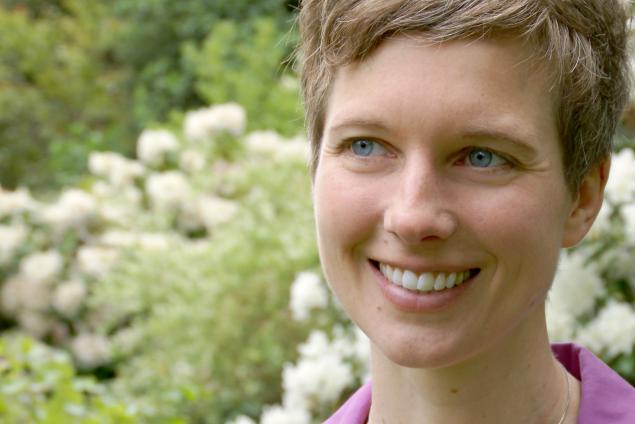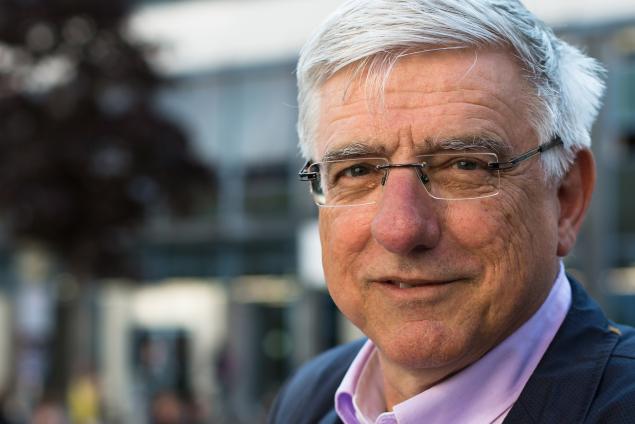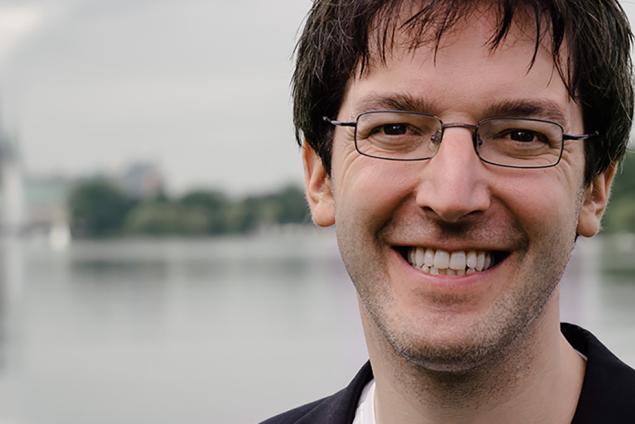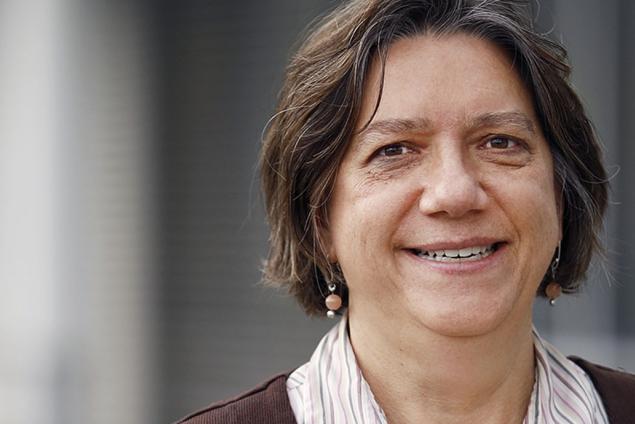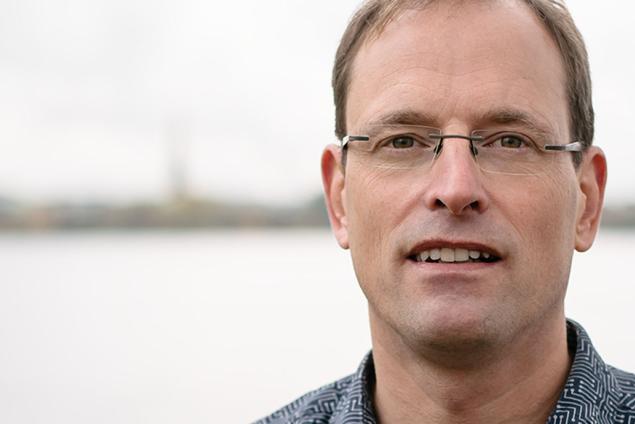Rainfall has a large impact on how life functions on earth and this, in turn, has great implications for both the ecosystem and human well-being. The research presented in this video investigates the ways in which the pollution of the air system affects the working of clouds and how they produce rain. By measuring the aerosol particles in clouds in specific areas, MEINRAT O. ANDREAE explains, the research team discovered that in clean, unpolluted areas clouds were shallow and transparent and rainfall was gentle; this was in marked contrast to very polluted regions where clouds appeared almost like solid surfaces. When they grew high, they produced very violent rainfall with hail, thunder and lightning. These strong differences in cloud and rainfall formation – based on aerosol concentration – show that the pollution of the atmosphere through human emissions has had and will have strong consequences for earth’s climate.
DOI:
https://doi.org/10.21036/LTPUB10396
Researcher
Meinrat O. Andreae is Director and Scientific Member at the Max Planck Institute of Chemistry where he initiated the Biogeochemistry Department. He has been Visiting Professor at the University of Antwerp, the National Center for Atmospheric Research in Boulder, the University of California, Irvine, and the California Institute of Technology in Pasadena. In addition, Andreae is a reviewing editor of Science. In 2009, he became a Fellow of the American Association for the Advancement of Science and in 2014, he was awarded the Waldo E. Smith Award and became a Fellow of the American Geophysical Union. Since 2000, the role of atmospheric aerosols in the climate system has been one of the core interests of Andreae's research.
Institution
The current research at the Max Planck Institute for Chemistry (MPIC) aims at an integral understanding of chemical processes in the Earth system, especially in the atmosphere and biosphere. Investigations address a wide range of interactions between air, water, soil, life and climate in the course of Earth history up to today´s human-driven epoch, the Anthropocene. The Max Planck Institute for Chemistry is one of the two oldest institutes of the Max Planck Society. It was founded in 1912 as the Kaiser Wilhelm Institute for Chemistry in Berlin, and it was relocated to Mainz in 1949. Particularly well-known scientists in the Institute´s history are the Nobel laureates Richard Willstätter, Otto Hahn, and Paul Crutzen. Our scientists conduct laboratory experiments, collect samples and record measurement data during field campaigns utilizing airplanes, ships, and vehicles. The practical work is complemented with mathematical models that simulate chemical, physical, and biological processes from molecular to global scales. One of the major goals is to find out how air pollution, including reactive trace gases and aerosols, affect the atmosphere, biosphere, climate, and public health.
Original publication
Smoking Rain Clouds Over the Amazon
Andreae Meinrat O., Rosenfeld Daniel, Artaxo Paulo, Costa Alexandre A., Frank G. P., Longo K. M. and Silva-Dias Maria A. F.
Science
Published in 2004
ACRIDICON–CHUVA Campaign: Studying Tropical Deep Convective Clouds and Precipitation over Amazonia Using the New German Research Aircraft HALO
others, Andreae Meinrat O., Rosenfeld Daniel, Wendisch Manfred, Pöschl Ulrich, Machado Luiz A. T., Albrecht Rachel, Schlager Hans, Martin Scot T., Abdelmonem Ahmed and Afchine Armin
Bulletin of the American Meteorological Society
Published in 2016
Rainforest Aerosols as Biogenic Nuclei of Clouds and Precipitation in the Amazon
others, Pöschl Ulrich, Martin Scot T., Sinha Baerbel, Chen Q., Gunthe Sachin S., Huffman Alex J., Borrmann Stephan, Farmer Delphine K., Garland R.M. and Helas Günter
Science
Published in 2010
